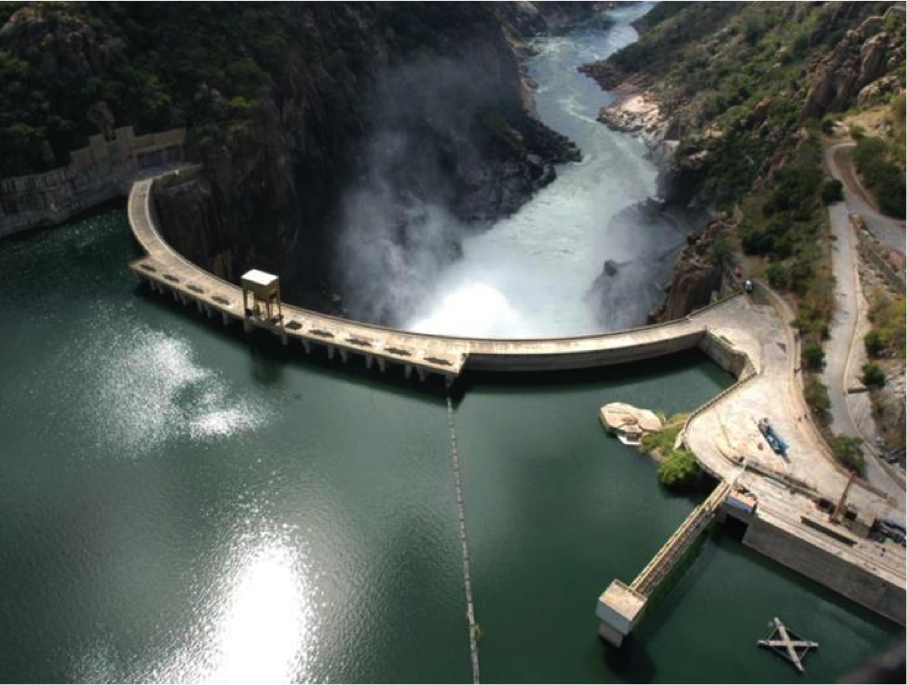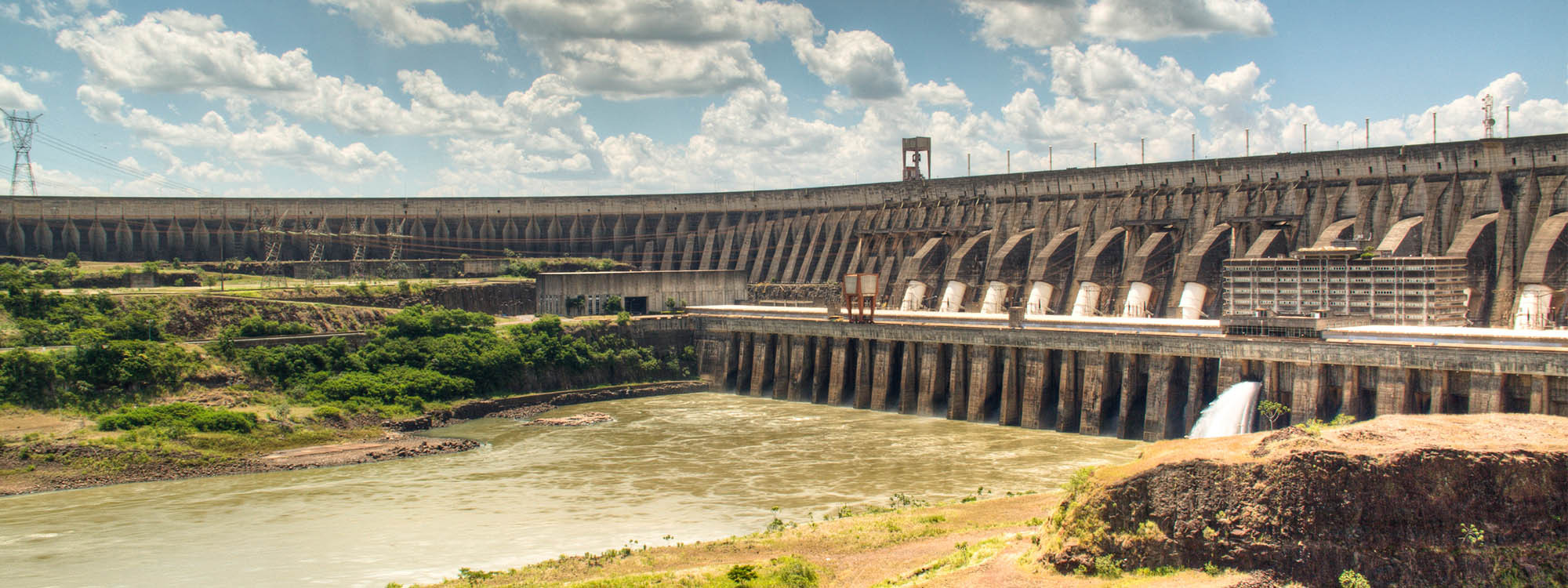In November 2007, the majority ownership and control of Hidroeléctrica de Cahora Bassa (HCB) was transferred from Portugal to Mozambique. The Government of Mozambique took out a commercial loan to purchase the asset and appointed MHI as HCB’s Technical Services Partner. In January 2008, MHI began its contract with HCB and the lenders, providing technical assistance and monitoring services.
Due to HCB’s effective operation and management of the facility, the original commercial loan was repaid last year, 18 months ahead of schedule. As part of its new contract, MHI is providing both technical and financial services to HCB to help them adjust to their independent role.
During the first 9 years, MHI focused on helping HCB keep the equipment running to generate revenue and repay the loan. Some critical components that needed attention included the spillway gates and the HVDC converter station. MHI assisted HCB to develop a refurbishment or replacement strategy, and to award and supervise contracts.

Following the repayment of the loan, HCB created a longer-term strategy to develop its institutional and financial capacity, as a major player in Mozambique’s economy. HCB decided to continue its partnership with MHI and renewed the contract. In addition to the ongoing technical support, MHI has also been providing financial services and plans to help HCB deliver a new Internal Processes Strengthening Project.
In their new role, HCB is looking to participate as an investor and operator in new energy projects in Mozambique. MHI is a member of a business development panel that determines which projects are most suited for HCB.
“MHI’s relationship with HCB is quite special, as we are more like a trusted friend rather than a consultant,” says Mike Hart (Project Manager, MHI). “Having that relationship motivates us to do the best that we can to help HCB achieve their goals.”
Key Achievements of HCB and MHI:
- Seamlessly taken over the technical management of the operations and maintenance of one of the largest power stations in the world.
- Demonstrated leadership with successful adoption of processes and procedures from Manitoba Hydro.
- Joined international organizations and presented papers.
- Benchmarked against the world’s major players.
- Operating and maintaining Cahora Bassa in accordance with good industry practice to an international standard.
Background:
Soon after the project was first commissioned in the 1970s, a long civil war broke out and the transmission lines to South Africa were sabotaged. This situation prevailed until regional peace was restored some 25 years later in the early 1990s. Although Cahora Bassa itself was not damaged during the civil war, the lack of revenue resulting from its inability to sell energy to South Africa meant that the equipment was under-utilized. A refurbishment of the powerhouse took place in the early 2000s, but much of the other equipment had not been replaced or refurbished since it was first installed.
The Cahora Bassa double curvature arch dam is hugely impressive and is 160 metres high. The 5 x 415 MW Francis turbine units are housed in an underground powerhouse. The energy from Cahora Bassa is sold to Eskom of South Africa, EdM (Electricidade de Moçambique), and ZESA of Zimbabwe. The energy evacuated to Eskom is delivered through a 1,400-kilometre HVDC bipole, which is similar to Manitoba Hydro.

